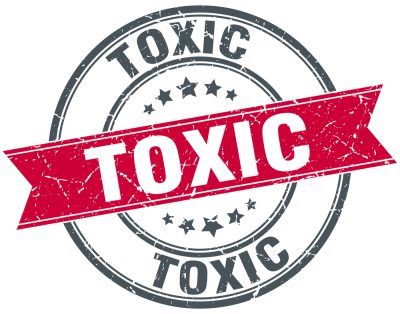US EPA Says Glyphosate OK Despite Contrary Evidence
by F. William Engdahl, New Eastern Outlook:

The US Government’s Environmental Protection Agency (EPA) has decided to approve renewal of the license for the controversial glyphosate pesticide, this, despite mounting and alarming evidence it is not only probably carcinogenic, but also cause of multiple other debilitating health problems. New research also claims glyphosate damage to human or animal DNA extends over generations.
The US EPA has just proposed to re-approve glyphosate, the main component of the widely-used Roundup pesticide marketed by Monsanto, now part of Bayer AG of Germany. The original web link to the EPA ruling, strangely enough, yields the message as of this writing: “Sorry, but this web page is not available for viewing right now.”
This makes detailed critique a bit more difficult. However, certain facts can be stated. First, the specific part of EPA making the ruling, its Pesticide Regulatory Office, according to GMO watchdog website Sustainable Pulse, is long known for ruling in favor of the chemicals industry, even using industry data to approve. They maintain that that was also the case here, with the EPA relying heavily on industry tests, not their own or other independent studies. Many of those studies have been proven false or badly biased, including that of the European Union’s EFSA.
Second, the EPA body chose to dismiss the 2015 determination of the World Health Organization’s International Agency for Research on Cancer (IARC), that determined glyphosate to be a “probable carcinogen,” a ruling that Monsanto has fiercely tried to deny despite mounting evidence.
Third, and most blatant, the latest EPA ruling ignored an earlier determination of another US Government body, the US Department of Health and Human Services’ Agency for Toxic Substances and Disease Registry that agreed with the IARC that there was a link between glyphosate and certain types of cancer. On April 8, the Agency for Toxic Substances and Disease Registry (ATSDR), of the US Department of Health and Human Services, released its long-awaited draft toxicological report on glyphosate which among other findings determined evidence for a link between glyphosate and non-Hodgkin’s lymphoma, the form of cancer that resulted in two major court defeats for Monsanto in the last year and another 13,400 pending lawsuits that have severely damaged the stock price of Monsanto parent Bayer by a drop of 40% since the controversial Monsanto acquisition, and caused a recent shareholder revolt against management.
Future Generations Endangered
Now results of an alarming new study have been published. Researchers at Washington State University found that serious tumors and other disease showed up in second and third generation offspring of rats exposed to glyphosate. They found that diseases and health abnormalities including “prostate, kidney and ovarian diseases, obesity, and birth abnormalities seen in second and third generation offspring of rats exposed to glyphosate.” They were “correlated with changes in epigenetic (DNA methylation) patterns in sperm.” The study was headed by Prof. Michael Skinner, a WSU professor of biological sciences.
Skinner’s study found that there were “dramatic increases” in several pathologies in the second and third generations. The second generation had “significant increases” in testis, ovary and mammary gland diseases, as well as obesity. In third-generation males, the researchers saw a 30 percent increase in prostate disease – three times that of the control population. The third generation of females had a 40 percent increase in kidney disease, or four times that of the controls.
The new Skinner study is the first study published that examines what is called the “generational toxicology” of glyphosate. It tested doses of glyphosate below the dose of glyphosate officially classed as harmless. This is highly relevant as glyphosate, by far the world’s most widely used pesticide, is used in agriculture and plant cultivation yearly over decades, leading to human and animal exposure over generations.
Loading...



